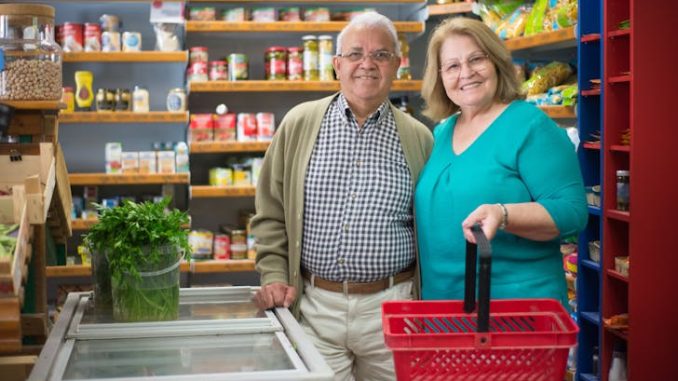
In the pursuit of a healthier lifestyle, one of the greatest challenges many of us face is maintaining a budget that allows for nutritious meals without breaking the bank. It is a balancing act between choosing wholesome, nutritious foods and managing our finances effectively. Fortunately, there are several strategies that can make this balancing act not just manageable, but also rewarding.
Here is how you can transform your grocery shopping habits to support a cost-conscious, healthy lifestyle.
Be Flexible
Being flexible in your shopping habits opens up a myriad of opportunities to save money without compromising on quality or nutrition. The idea here is to have several options within your food categories and to lean towards items that are on sale.
Kampus / Pexels / When shopping, make sure you are flexible – both for your needs and budget.
For instance, if you have chicken, salmon, and tofu on your list of protein options, go for the one that is on sale that week. This approach not only keeps your meals interesting and varied. But it also takes advantage of the cyclical nature of grocery store sales, ensuring you always get the best deal.
Buy Day-Old Fresh Products
One of the best-kept secrets for budget-conscious, healthy shoppers is the day-old produce cart. Many stores have a section where they offer fresh produce that is nearing its sell-by date at a significant discount. Usually, this ranges from 50% to 75% off, which is pretty decent.
This produce is perfectly edible and can be a great bargain for fruits and vegetables that you plan to consume quickly or use in cooking within a few days. It is an excellent way to save money while still prioritizing fresh, nutrient-rich foods.
Go For Canned and Frozen Products
While fresh produce, meats, and fish are often touted as the pinnacle of healthy eating, their canned or frozen counterparts can be equally nutritious and much more affordable.
Anna / Pexels / Unseasoned canned or frozen whole foods, such as vegetables, chicken, or fish like salmon, sardines, and tuna, offer great value.
They are often cheaper than their fresh versions and can be stored for longer periods, reducing waste. Plus, they are a convenient option for quick, healthy meals. Thus, ensuring you always have the ingredients you need to maintain your diet.
Wait For Special Promotions
Healthy nonperishable staples like quinoa, brown rice, whole-grain pasta, and high-fiber cereals are the backbone of a nutritious pantry. These items rarely go bad, offer excellent nutritional value, and can be the foundation of countless meals. The trick is to wait for sales before stocking up.
Cotton Bro / Pexels / Do not be a hungry shopper. Wait for special promotions and discounts for the best deals.
Grocery stores often run promotions on these essential items, allowing you to buy in bulk at a lower price. By keeping an eye on flyers or subscribing to store newsletters, you can plan your purchases around these sales, ensuring you always have healthy options on hand without overspending.
Use Coupons
In the digital age, saving money on groceries has never been easier. Coupons and coupon apps are fantastic resources for finding deals on healthy foods. Whether you are looking for discounts on fresh produce or savings on organic grains, there is likely a coupon out there to help reduce your bill.
Similarly, many grocery stores also have their own apps, offering exclusive deals and digital coupons to shoppers. By spending a little time each week searching for relevant coupons and adding them to your store app, you can significantly cut down on your grocery expenses.
